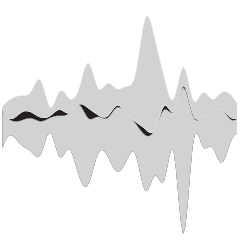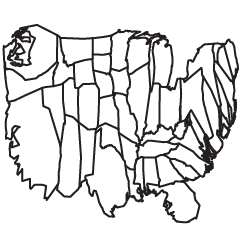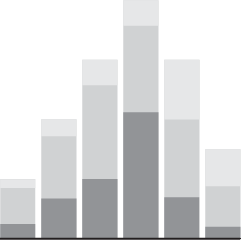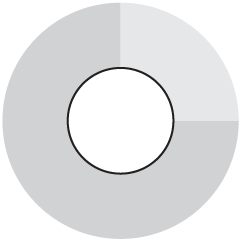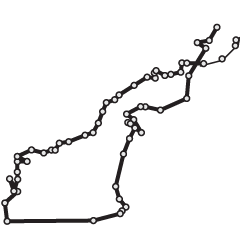Some people love ’em and others hate ’em. Now you can play with streamgraphs (seen here and here) yourself, whatever side you might be on. Lee Byron has made the code available on Github, under a BSD license.
It’s in Processing, and it’s not plug-n-play like many of you are probably hoping for, but on a quick skim, the code does look very readable and shouldn’t be too hard to grasp for those with a little bit of coding knowledge. I recommend reading Lee and Martin’s streamgraph paper first though.










 Visualize This: The FlowingData Guide to Design, Visualization, and Statistics
Visualize This: The FlowingData Guide to Design, Visualization, and Statistics
